Sadabahar, Vinca or periwinkle is a very commonly grown plant in India. It is native to Madagascar. There are 2 varieties that are grown for its medicinal value - the pink and the white colored flower varieties.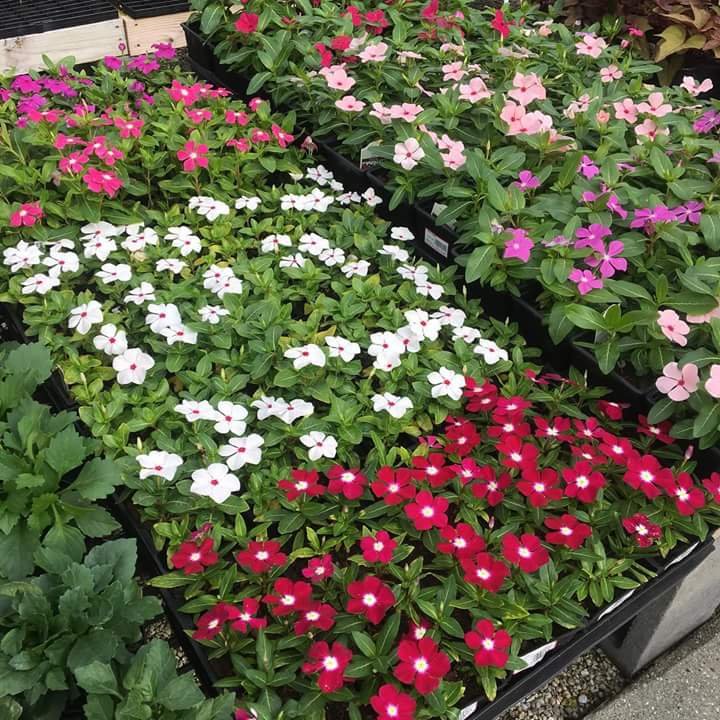 Ornamental varieties have been developed whose flowers are more colorful.Sadabahar, periwinkle or vinca rosea is an evergreen shrub that is commonly grown worldwide both as an ornamental plant and for medicinal purposes. The vinca rosea plant grows to about 3 feet in height having smooth, glossy, dark green leaves, and flowers throughout the year.The medicinal variety has white flowers and the pink flowers have a dark pink eye in the center.
Ornamental varieties have been developed whose flowers are more colorful.Sadabahar, periwinkle or vinca rosea is an evergreen shrub that is commonly grown worldwide both as an ornamental plant and for medicinal purposes. The vinca rosea plant grows to about 3 feet in height having smooth, glossy, dark green leaves, and flowers throughout the year.The medicinal variety has white flowers and the pink flowers have a dark pink eye in the center.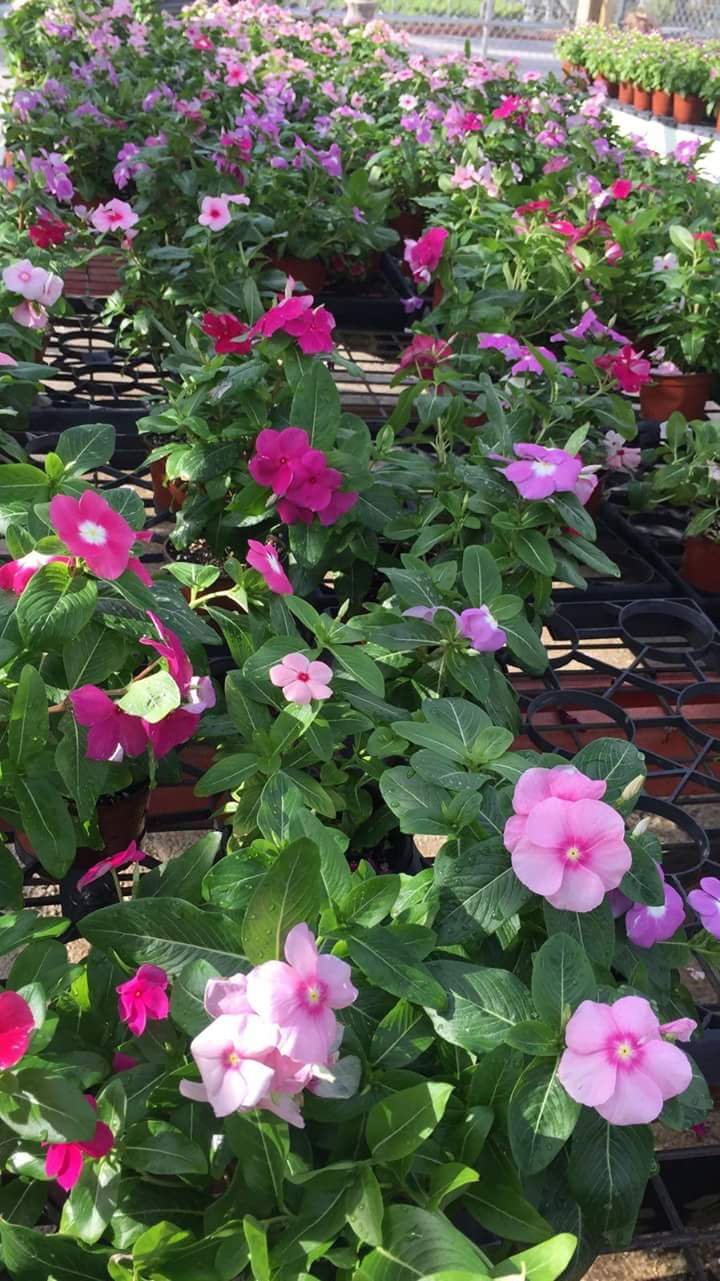 This is Greater periwinkle, or Vinca major to science, a trailing, evergreen, perennial herb of waste places, rubbish tips, roadside verges, shaded banks and woodland. And gardens of course…
This is Greater periwinkle, or Vinca major to science, a trailing, evergreen, perennial herb of waste places, rubbish tips, roadside verges, shaded banks and woodland. And gardens of course…
It’s a neophyte (introduced to these isles after 1500, but only just) and has larger parts than its close relative Vinca minor which I wrongly thought of as ‘native’ (it is in fact an archaeophyte, i.e. introduced between the formation of the Channel and 1500). Both are long established further south in Europe and around the Med.
Periwinkles are members of the Apocynaceae or Milkweed family, which is largely tropical in its distribution. These temperate outliers have the family’s characteristic flower shape - propellor-like - and these are produced from early spring (the photo is recent) through to the autumn, which is no doubt of value to pollinators.
Greater periwinkle contains the alkaloid vincamine, which is used by the pharmaceutical industry as a cerebral stimulant and vasodilator. It also contains reserpine, which reduces high blood pressure. PFAF list other attributes too and it would be fascinating to know how these qualities affect plant and soil biota chemistry.
As it seems to be on the rise in the British isles, unsurprisingly given its rampant growth (it’s a regular garden discard) and climate change, we can see gains that might counter any perceived drawbacks (e.g. phytochemical yield, pollinator benefit). It’s possible, too, that it’s merely returning after the last ice age. 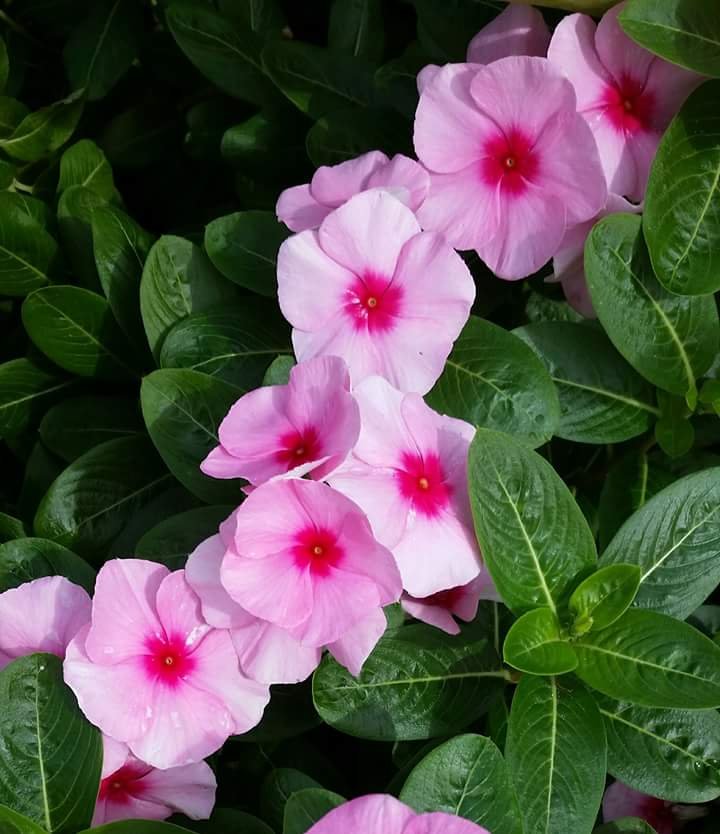
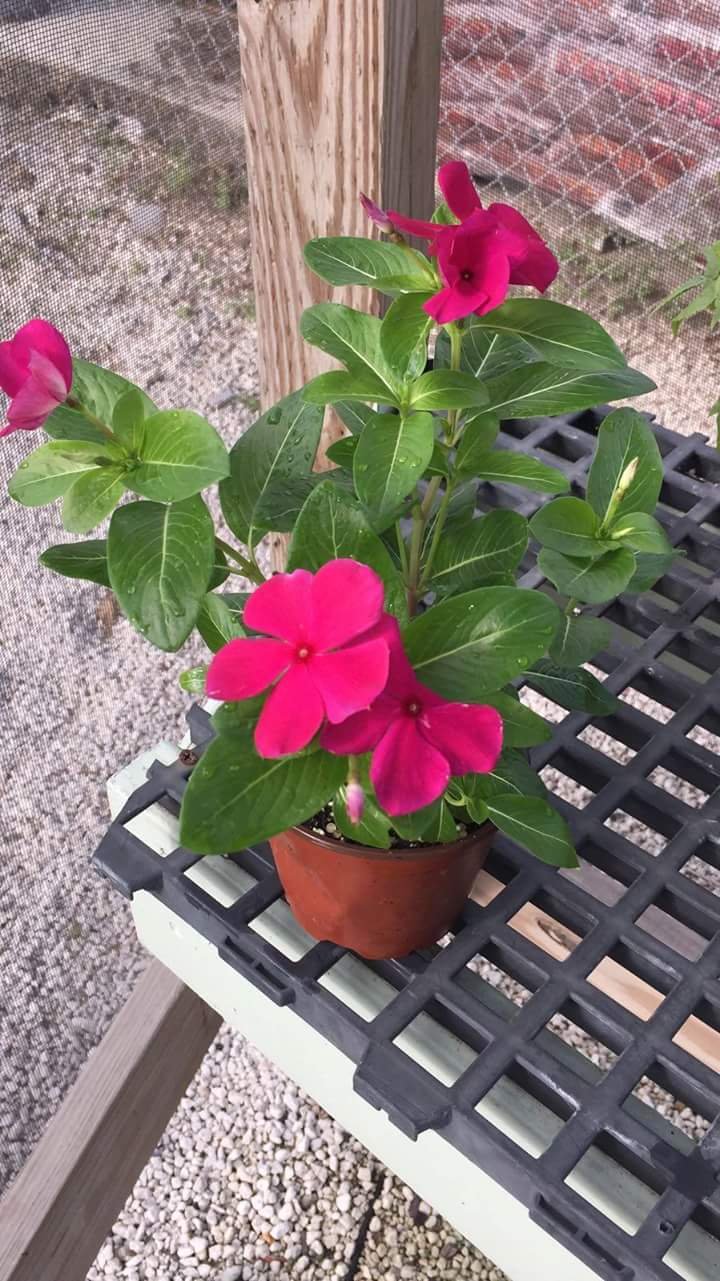 Growing Annual Periwinkle
Growing Annual Periwinkle
Annual periwinkles love the sun and tolerate only very light shade before flowering is affected. Use them for bedding in flower beds, in outdoor containers, or as houseplants for sunny windows. When bedding out, space them 8 to 10 inches apart. They are not particular about soil, and in fact do well in poor soil with low fertilization. Watering is necessary only if plants start to droop. When used in containers, they do best in terra cotta pots which allow for good drainage and air flow; be especially careful not to overwater if grown in plastic pots. They are pest-free if not overwatered. The plants are self-cleaning, so you do not have to dead-head spent flowers, but plants can be pinched back to encourage bushiness if they get too large.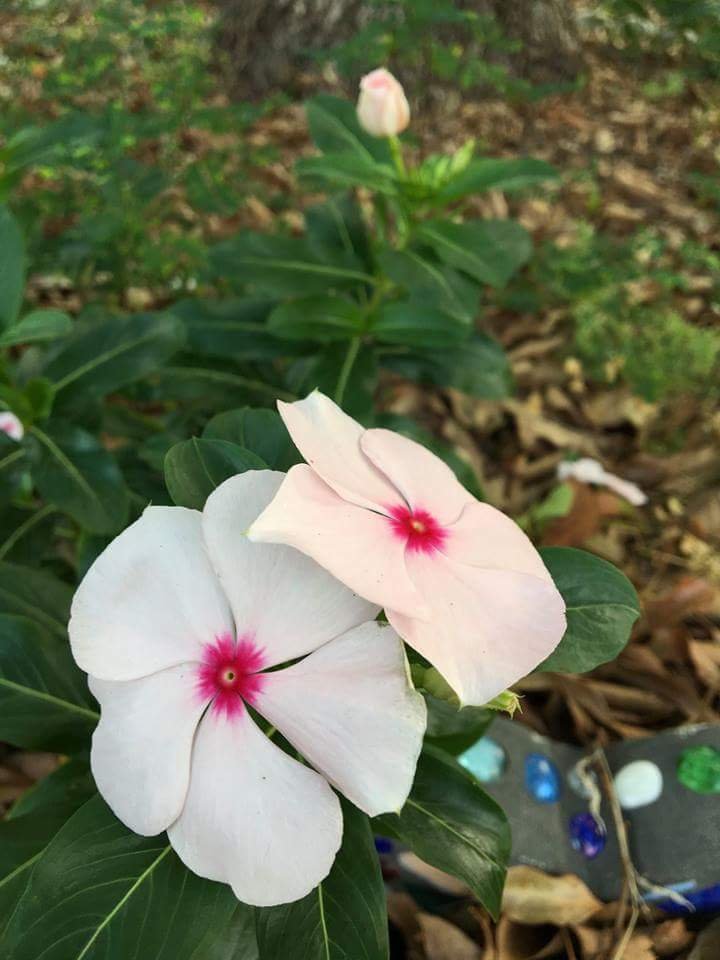 thanks to sharing for your wonderfull post..very well done.. my dear friend. @ctrl-alt-nwo
thanks to sharing for your wonderfull post..very well done.. my dear friend. @ctrl-alt-nwo